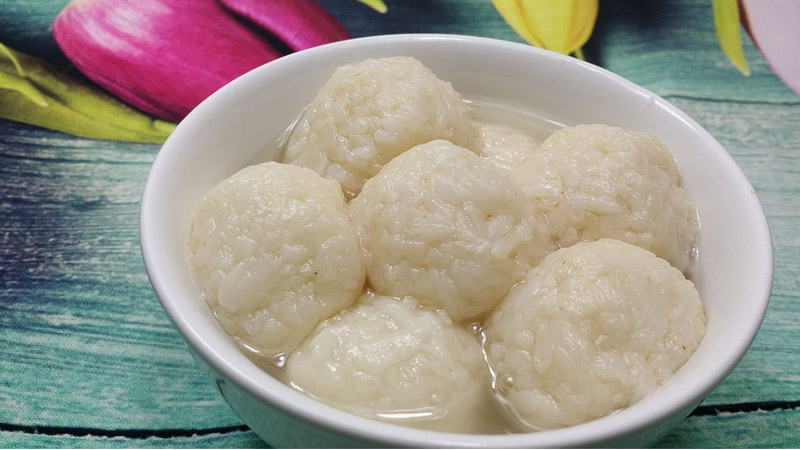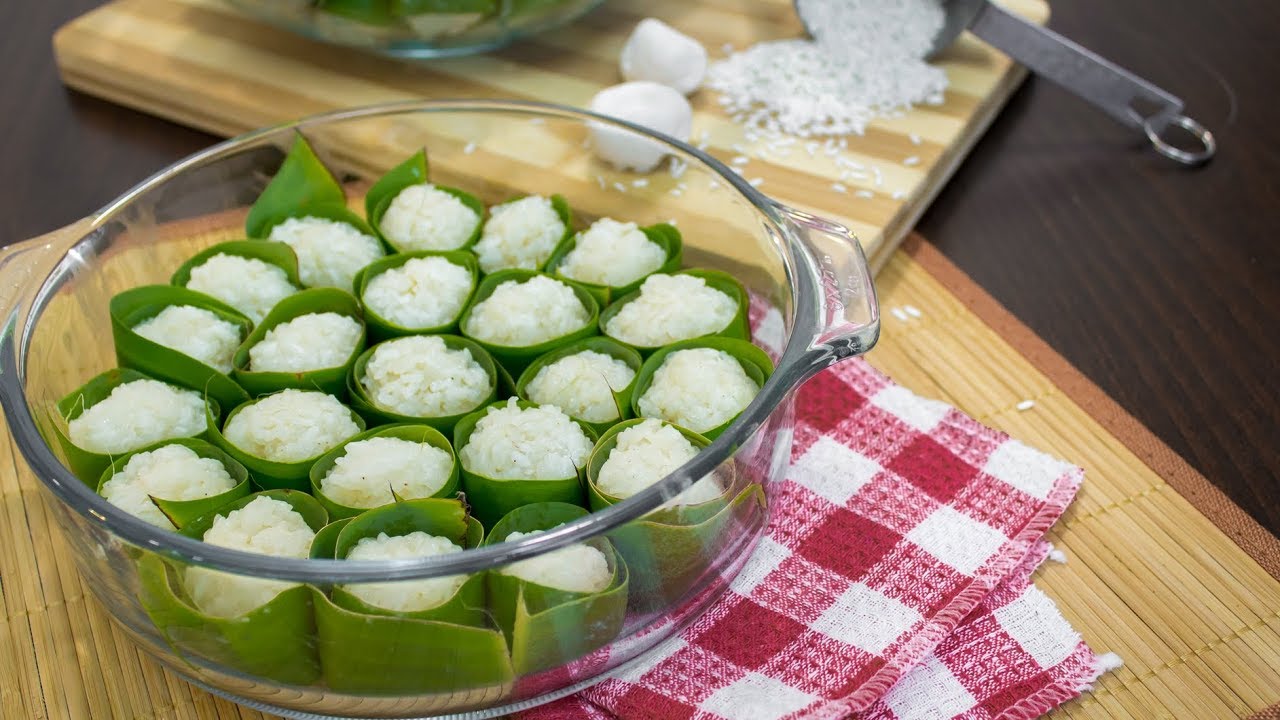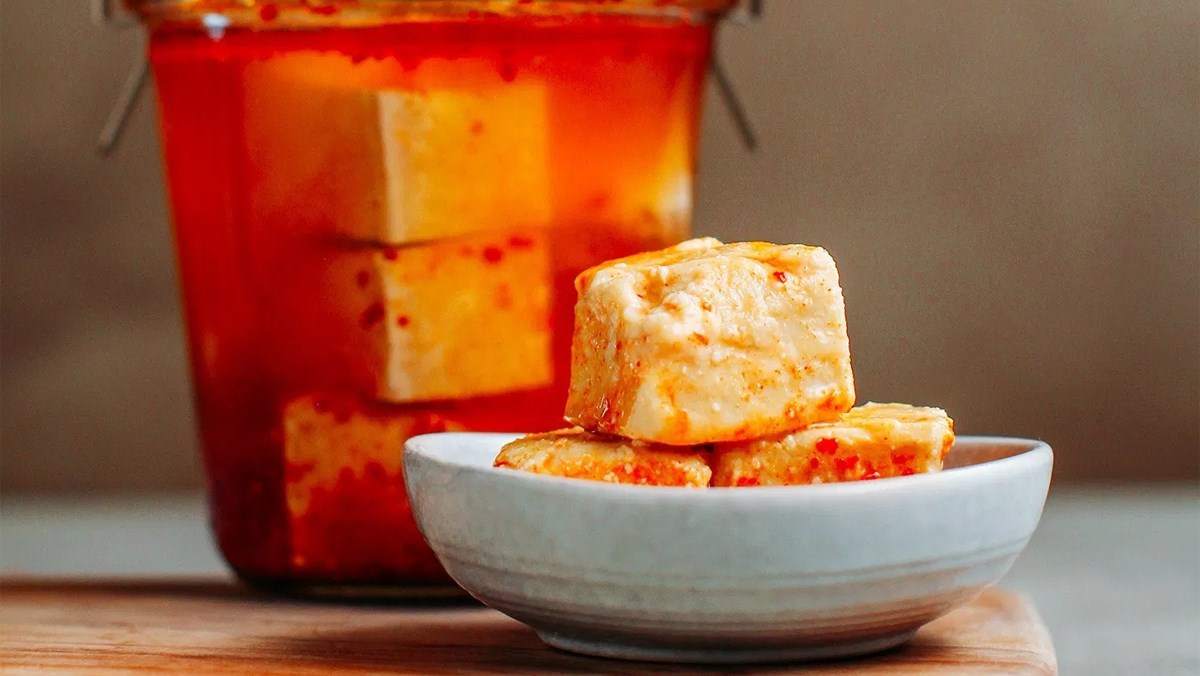Fermented rice Vietnamese is a traditional dish made from steamed rice naturally fermented to achieve a delicately sweet, tangy taste. Beyond its flavor, the dish carries cultural meaning, often enjoyed during Tết Đoan Ngọ to celebrate purification and new beginnings. Experience how this simple creation embodies Vietnamese culinary philosophy.
Table of Contents
What is Sweet Fermented Rice Vietnamese?
Sweet fermented rice, or cơm rượu, reflects Vietnam’s quiet mastery of fermentation and balance. Each grain of glutinous rice absorbs natural yeast, creating a subtle sweetness and a hint of warmth. The taste shifts gently – first soft and creamy, then blooming into a faint wine-like aroma. In northern families, it’s often prepared for festivals, believed to bring luck and good health.
Southern variations lean sweeter, while northern ones favor a lighter touch. Simple ingredients hide a patient craft, where time and temperature decide the final flavor. Today, chefs elevate this humble dish through elegant plating or pairing it with tropical fruits. Yet at its core, cơm rượu remains unchanged: a bowl of comfort that speaks of heritage, care, and the slow beauty of transformation.
What Makes Fermented Rice Significant in Vietnamese Culinary?
A Symbol of Celebration and Togetherness
In Vietnam, fermented glutinous rice represents more than food; it holds the warmth of family and shared memories. Each year, as the Worm-Killing Festival nears, the scent of steamed sticky rice drifts through village homes. Women prepare the dish after harvest, using freshly husked grains and allowing time to weave its quiet magic.

A folk verse says, “Tháng tư đong đậu nấu chè, Ăn Tết Đoan ngọ trở về tháng năm.” In English, it means “In April, measure beans and cook sweet soups; In May, celebrate the Mid-Year Festival.” It reminds people to gather, cook, and celebrate the turning of seasons. On the fifth day of the fifth lunar month, families come together around a modest bowl of sweet fermented rice Vietnamese.
Mothers and grandmothers often bring it home from bustling markets, their baskets filled with sweetness and care. Children wait eagerly, savoring the tender texture that marks the beginning of summer. Each spoonful holds the taste of nostalgia, the laughter of youth, and the calm of shared tradition. In its simplicity, fermented rice preserves the essence of togetherness – a timeless flavor of love passed from one generation to another.
The Art of Fermentation in Com Ruou
Fermentation stands at the core of Vietnamese gastronomy, shaping flavors that feel both ancient and intimate. Among its quiet triumphs, cơm rượu, or sweet fermented rice Vietnamese, embodies the patience and precision that define the country’s approach to food. It begins with freshly steamed rice, cooled to the perfect temperature before being dusted with fine yeast. Left to rest for several days, the grains slowly soften and release a delicate aroma that hints at sweetness and depth.
Each phase of the process requires balance. The rice must hold its shape yet yield gently under touch. Too much heat dulls the flavor, but too little halts fermentation entirely. As the rice matures, natural enzymes transform starch into a light, mellow sweetness that lingers without overpowering. The final result is tender, fragrant, and quietly luxurious.

Fermentation, in the broader sense, speaks to the Vietnamese philosophy of harmony and respect for time. It celebrates nature’s rhythm, allowing flavors to unfold at their own pace. From robust fish sauce to the soft grace of cơm rượu, this art reveals how patience and care can elevate simplicity into something timeless.
Useful Tips For Making Fermented Rice Vietnamese At Home
Creating cơm rượu, or fermented rice Vietnamese, at home is a gentle craft that rewards patience and attention. The process begins with choosing the right rice. You can use white sticky rice or black glutinous rice, but traditional cooks often prefer brown rice for its nutty aroma and nutritional value. Its slightly golden hue and natural oils create a richer, more authentic flavor once fermented.
Temperature and timing are crucial. The rice should be steamed until tender, then cooled completely before the yeast is added. If it ferments for too long, the alcohol becomes strong and the flavor sharpens.

To keep the taste mild, transfer the rice to the refrigerator as soon as it reaches your preferred balance. This step preserves its soft texture and gentle sweetness until it’s ready to serve, especially during the Đoan Ngọ Festival. Always use clean hands and utensils throughout the process to maintain purity and prevent unwanted bacteria. Cover the rice loosely while it ferments so it can “breathe”.
Conclusion
Fermented rice Vietnamese carries a soft texture and mellow sweetness that gently awakens the senses with every bite. More than taste, it conveys the Vietnamese belief that time and nature together create life’s most delicate flavors. Visit Chapter Dining to experience how our chefs elevate traditional fermentation into contemporary culinary art.
_________
Chapter Dining
12C Chan Cam, Hoan Kiem, Hanoi
Mon – Sat from 18:00 – 23:00
Tel: +84 333 201 221 – Reserve a table
Email: reservation@chapter.vn




